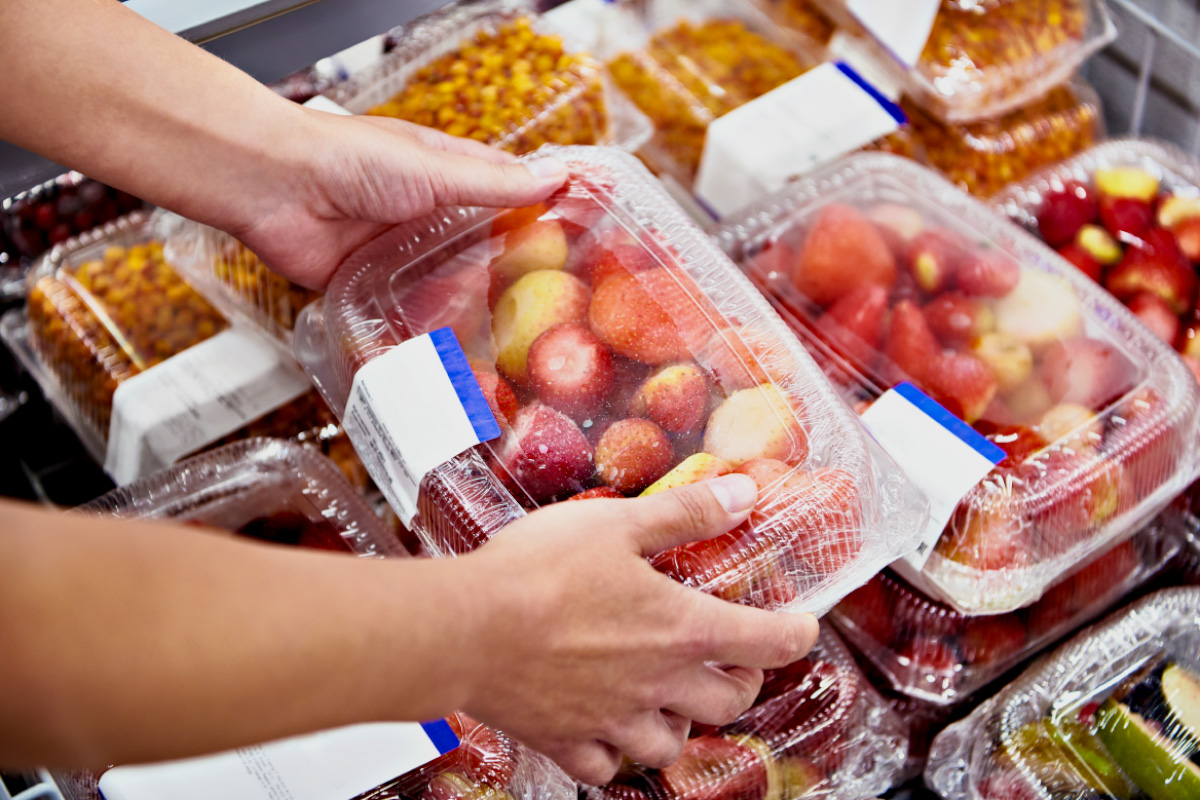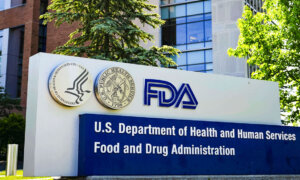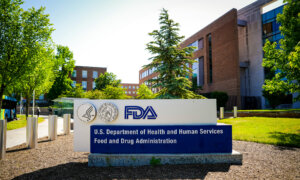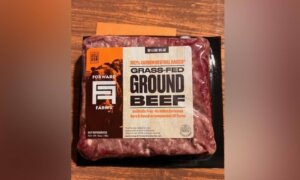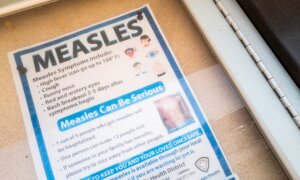Thousands of chemicals from food packaging and utensils have been detected in human bodies, including some known to be hazardous to health, according to a new study published in the Journal of Exposure Science and Environmental Epidemiology.
Out of the more than 14,000 chemicals currently tracked for potential health risks, 3,601 were found in human bodies. This is roughly 25 percent of the total, raising concerns about potential links to non-communicable diseases and reproductive issues, the authors found.
The study reviewed data from biomonitoring programs, studies, and metabolomic databases, which track small-molecule metabolites found in the human body.
There’s evidence that certain chemicals might be related to the growing number of non-communicable diseases being diagnosed. Non-communicable diseases, which include heart disease, cancer, and diabetes, are the main causes of death globally and a growing health problem.
Benzophenone, used in the manufacture of plastic packaging, is a “presumed carcinogen,” the researchers reported. It is among several food contact chemicals detected in humans.
Although the researchers cast a wide net, Christopher Kassotis, assistant professor in Wayne State University’s Department of Pharmacology, said the list of harmful chemicals is presumably longer, because the search was restricted to specific databases and biomonitoring programs.
Kassotis, who directs a research lab that studies hazardous chemicals, said there are more than 350,000 chemicals and mixtures registered on the global market, with as many as hundreds of thousands lacking sufficient toxicological characterization.
Birgit Geueke, first author of the study, said in a statement that this research highlights chemicals that have been overlooked in other studies that focused on monitoring environmental hazards.
“It offers an important opportunity for prevention and protection of health,” said Geueke, senior scientist of Food Packaging Forum, a nonprofit foundation based in Zurich, Switzerland. “Our research establishes a link between food contact chemicals [FCCs], exposure and human health.”
The research team, which includes four members from the Food Packaging Forum, identified several groups of chemicals in food-related products with hazardous properties. These include bisphenols (including bisphenol A or BPA), metals, phthalates, and volatile organic compounds (VOCs).
A Plethora of Unsafe Chemicals
The researchers analyzed information from databases containing human samples of body fluids, hair, and breast milk collected from diverse populations to identify harmful chemicals. They compared 14,402 known chemicals to those detected in human bodies, as reported by programs monitoring exposure to hazardous substances.
They also detected more than 100 food contact chemicals (FCCs) that are risky for human health.
These included 25 pesticides, 23 metals, 20 flame retardants, 51 VOCs, and other potentially hazardous substances. Of the chemicals in contact with foods, 100 “have hazard properties of high concern for human health” and 44 chemicals have properties of medium concern, the researchers reported.
“Dozens of FCCs are classified as toxic to reproduction,” the researchers stated.
The study revealed that chemicals used in products contacting foods included several known carcinogens, including styrene, benzophenone, formaldehyde, and cadmium—all of which have also been found in humans.
“This work highlights the fact that food contact materials are not fully safe,” Jane Muncke, study co-author and Food Packaging Forum managing director, said in the statement. ”We would like this new evidence base to be used for improving the safety of food contact materials—both in terms of regulations but also in the development of safer alternatives.”
Bisphenols are banned in various food contact items, including baby bottles, in many countries. However, they are still observed regularly in materials that are in contact with foods, the researchers stated. The European Commission has proposed a complete ban on the use of bisphenols in the production of FCMs.
In the United States, the FDA prohibits the use of BPA in food contact materials designed for children’s products. The agency allows the use of the chemical in food contact adhesives, coatings, and polymers.
No specific manufactured products were mentioned in this research study. It was funded by the Adessium Foundation, MAVA Foundation, Stiftung Sympany, Minerva Stiftung, and the Food Packaging Forum’s own resources.
Increasing Knowledge of Exposure to Hazardous Chemicals
Study co-author Martin Scheringer, from the Institute of Biogeochemistry and Pollutant Dynamics, said he was surprised by the number of hazardous chemicals used in food contact materials.
“They do not just stay there, but quite some of them reach, to some extent, the human body,” Scheringer said.
The researchers said they wanted their work to expand knowledge about human exposure to food contact chemicals and their potential health effects.
Olwenn Martin, associate professor at the University College of London and another of the study authors, said she was also surprised to find so many chemicals had found their way into human bodies.
“This shows that there needs to be more research about the toxicity and exposure to many chemicals and regulation around their use in food packaging,” she said.
Kassotis said he believes there is a need for increased attention to the vast diversity of chemicals allowable in human food contact materials, and their resulting impact on human life. He hopes this review will increase public awareness.
“There is generally a perception that unsafe chemicals are not allowed in food contact chemicals or other consumer products and this research shines a light on the vast number of chemicals used in these products that we encounter on a regular basis,” Kassotis said.
